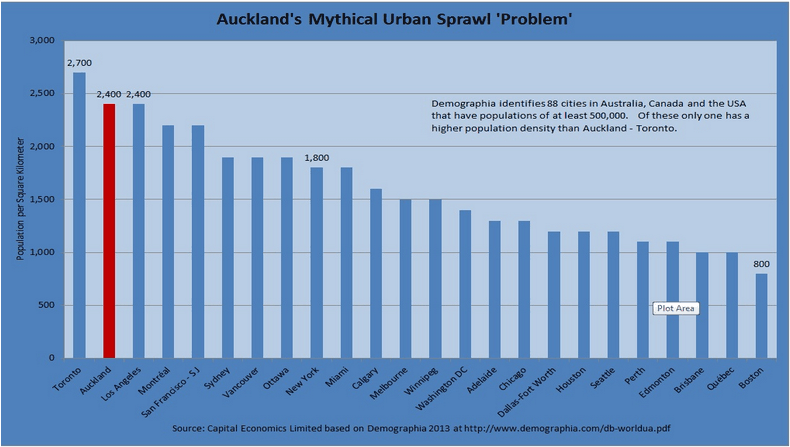
Melbourne Lord Mayor, Robert Doyle, has urged policy makers to “end dumb growth” and stop development on the fringe of the city. From The Age:
Victorian capital needs to “stop spreading at the edges like some sort of stain”…
Cr Doyle said the only “smart” way to achieve a “big Melbourne” was to inject new homes into established suburbs and the city’s extensive urban renewal areas, such as E-Gate and Fisherman’s Bend.
He said the City of Melbourne believed an extra 3 million people could comfortably be housed within the current boundaries of the city.
“People worry about their neighbours I know … and people are very proud of their streets and their communities,” Cr Doyle said.
“[But] if we get greater intensity on just 6 per cent of our land, converting it to a higher density … that can fit an extra 3.3 million people in to the city without touching the vast bulk of those communities and neighbourhoods that people quite rightly prize as their own”…
Let’s get a few facts straight.
Melbourne’s population is booming, leading the nation in growth. Between 2000 and 2012, the city’s population grew by a whopping 27%, or more than 900,000 people. If growth continues at that pace – 2% per annum – then Melbourne’s population would surpass 5 million by 2025, overtake Sydney by 2037, and hit 8 million by 2049!
With Melbourne’s population expanding at such a rapid rate, it has no choice but to expand its urban footprint as well as grow upwards.
Any move to tighten Melbourne’s growth boundary amid rapidly growing population is destined to fail. We have already seen how this experiment works in Auckland, New Zealand. There, a very tight urban growth boundary (the “Metropolitan Urban Limit” or MUL) has been in place for well over a decade, strangling urban land supply. Auckland now has one of the densest populations in the Anglosphere (see next chart), ridiculously unaffordable housing (median house price of around $650,000), and severe congestion problems, in part due to cramming too many people into a small area

Therefore, should the Victorian Government succeed in tightening Melbourne’s urban growth boundary, the result is likely to be skyrocketing urban land values, deteriorating housing affordability (despite shrinking home sizes), and worsening levels of congestion. Those lucky enough to be pre-existing land holders will benefit from the rising wealth brought about from higher values, whereas those yet to enter the market (and future generations) will suffer immensely. The overall Melbourne economy would likely also lose competitiveness as escalating land costs feed into the costs of production.
Expecting to achieve a more liveable city by restricting the urban footprint at the same time as Melbourne’s population surges towards 5 million and beyond is a contradiction in terms and is mutually exclusive.
Robert Doyle needs a good reality check.

